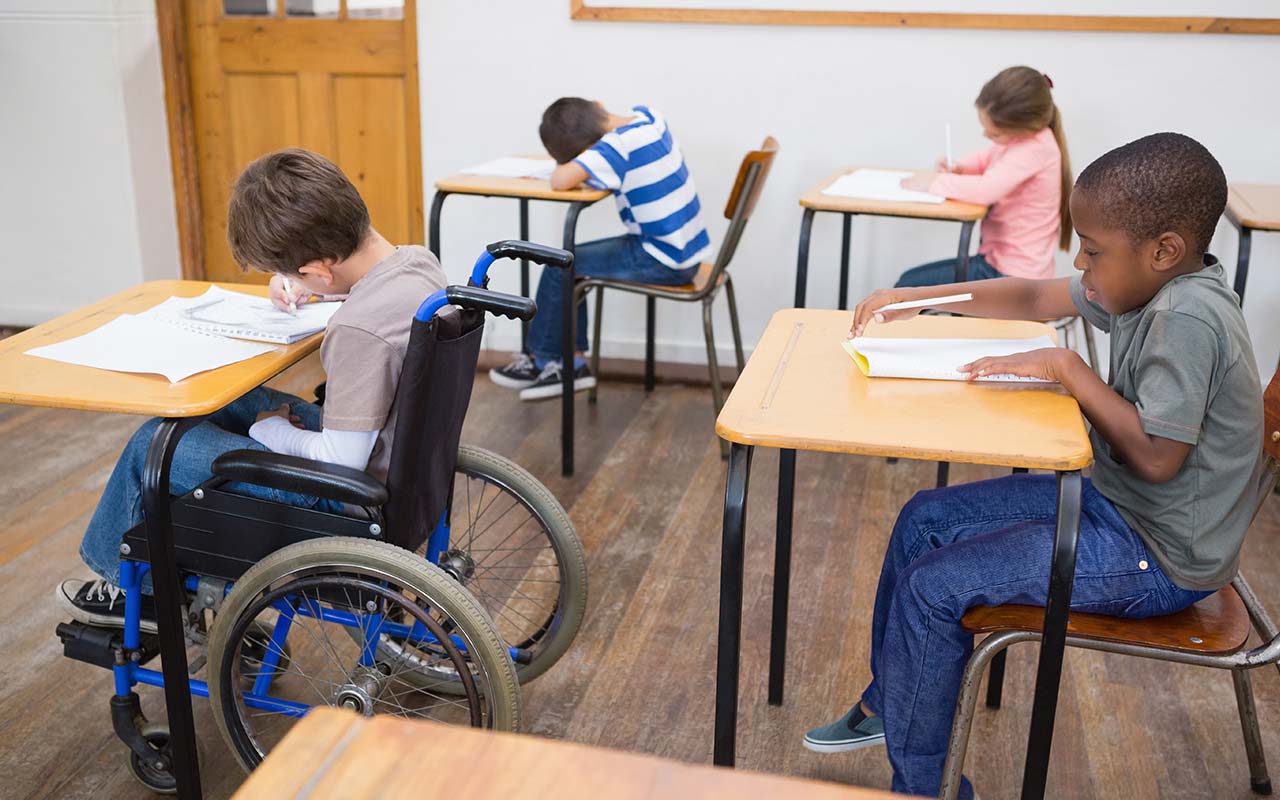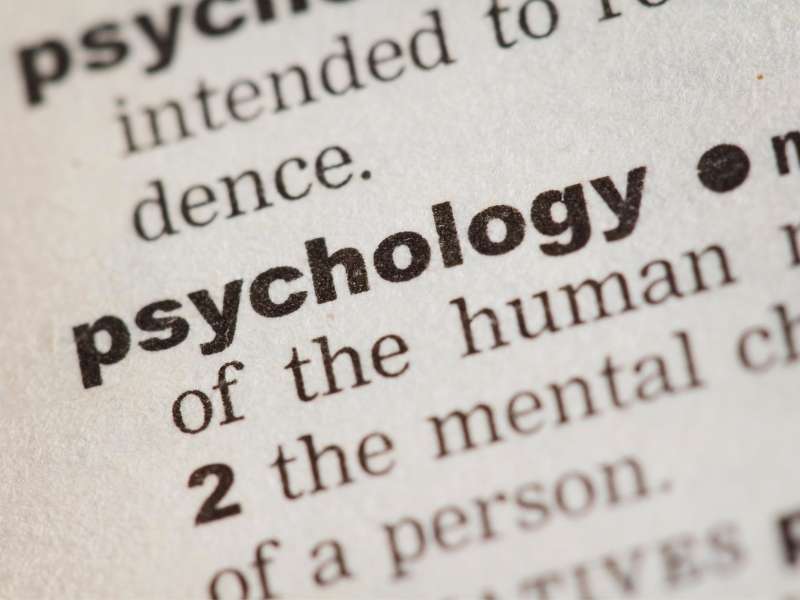Special Needs
Children with special needs include those who have substantial chronic illnesses, developmental disabilities, mental retardation, emotional disturbances, sensory or motor impairments, or emotional disturbances and need specific care, programs, interventions, technologies, or facilities. The varieties of special needs children, a few disorders, how to accommodate them, the difficulties faced by special education teachers, and a few ways and strategies that help various special needs students in the classroom have all been covered in this essay.
There are four main categories of children with special needs:
- Physical- Epilepsy, Multiple Sclerosis, Chronic Asthma, Muscular Dystrophy, etc.
- Developmental – Down Syndrome, Autism, Dyslexia, and Processing issues are all developmental issues.
- Behavioral/Emotional – Oppositional Defiance Disorder, Bipolar Disorder, and other Behavioral/Emotional conditions.
- Sensory Impaired – Blindness (Visual Impairment), Low vision, Deafness, and Limited Hearing are examples of sensory impairments.
Types of special needs children
Autism: Autism is characterized as a developmental condition that impacts a person’s capacity to make sense of their environment and communicate with others throughout their lives. These symptoms and challenges are different from person to person. The most important thing is this autism condition is a life-long condition and because of that, its impact can vary among individuals.
ADHD (Attention Deficit Hyperactivity Disorder): Children with ADHD find it challenging to control their impulsive behaviors, which can range from movement to speech to concentration. (Silver, L.B,2004). ADHD is diagnosed based on behavioral observation and symptoms that lasted for around six months which is more severe than typically expected for the particular age of the child.
Down Syndrome: A second whole or partial copy of chromosome 21 is produced as a result of faulty cell division, which results in the genetic condition known as Down syndrome. The majority of them will also have minor to moderate problems with their ability to reason and think.
Cerebral Palsy: Cerebral Palsy is a multifaceted neurological disorder characterized by its primary impact on muscle coordination and physical mobility. Individuals diagnosed with cerebral palsy have issues in the regulation of their motor functions, resulting in a variety of difficulties pertaining to muscle control and physical capabilities. This illness is a result of early brain injury or anomalies that affect the brain’s capacity to govern and regulate motor functions.
Epilepsy: The neurological conditions that impact the central nervous system and interfere with the electric impulses that nerve cells utilize to regulate bodily functions, sensations, and thoughts are the root causes of epilepsy.
The usual accommodations in a classroom
Assistance with taking notes – Some students with impairments find it difficult to take notes while trying to listen. To take notes in this situation, the SDS will engage a peer note-taker, usually another student enrolled in the same course.
Some visually impaired students require alternative forms of the course texts, such as large print, copying, or braille. For students who require them, the SDS is in charge of converting the course materials.
Test-taking; A longer assessment period and a distraction-free atmosphere are examples of accommodations. Some students might require access to laptops with word processors and/or scribes. Others could be required to take exams in different formats, such as oral exams in place of written exams.
Next: Accommodating students with unique needs in the classroom










